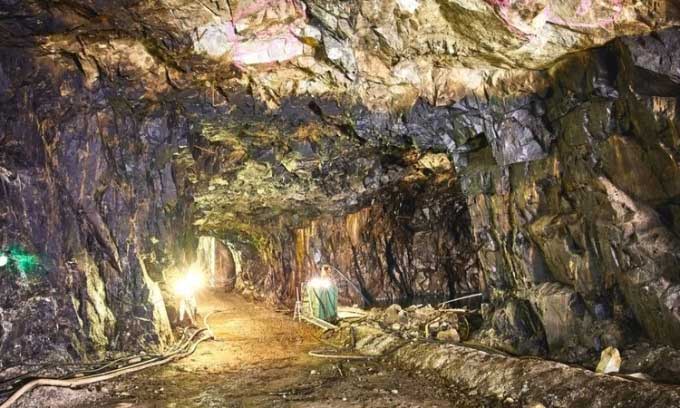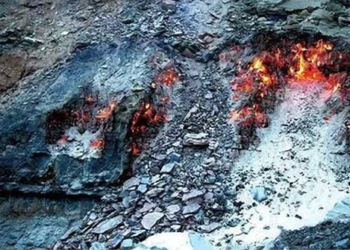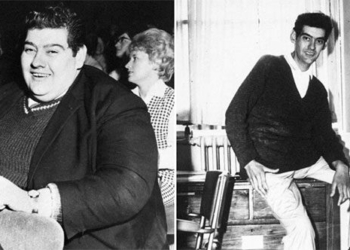Mälarenergi to Fill 95°C Hot Water into Caverns in Västerås for Winter Heat Storage.

Caverns beneath Västerås. (Photo: Yahoo).
During the Cold War, the vast caverns beneath the city of Västerås in Sweden stored a total of 300,000 cubic meters of oil. This oil was a precaution against the potential outbreak of World War III and the loss of international fuel supplies. By 1985, geopolitical tensions eased, leaving the caverns empty until now. The Swedish energy company Mälarenergi has initiated a project to sanitize the facility and fill it with hot water at a temperature of 95°C. Essentially, they are constructing a massive underground thermal storage tank, one of the largest in Europe, as reported by Yahoo on April 14.
According to Lisa Granström, head of the thermal energy and power business unit at Mälarenergi, the caverns are quite humid and significantly warmer than expected, with a slight oil scent still lingering. The capacity of the cavern is equivalent to 120 Olympic-sized swimming pools, making it 11 times larger than the surface hot water tank located nearby. This thermal storage method is just one of several ways to retain warmth underground for future use. With the rise of renewable energy sources and concerns about energy security in Europe following the Russia-Ukraine conflict, some experts argue that more underground thermal storage systems are needed.
In the case of Västerås, the warmth from the cavern will be transferred via a heat exchanger to the central heating network, providing heat for 98% of the 130,000 residents in the city. Mälarenergi plans to fill the cavern with water by the end of this year, with the facility expected to provide heating capacity of 500 MW. Mälarenergi also operates a nearby plant that incinerates waste or biomass, converting it into electricity or thermal energy. The hot water reservoir will enable Mälarenergi to continue heating households during the cold winter months when demand peaks, without the need to increase electricity production at the plant.
Underground thermal storage appears to be highly effective as the ground acts as a large insulating material, making it difficult for warmth to escape. Granström explains that the cavern in Mälarenergi will retain heat for several weeks. The system is particularly stable after a few years, with surrounding soil temperatures rising. For example, over decades, heat from residents and subway trains has warmed the clay surrounding the tunnels of the London Underground. Currently, the soil temperature is between 20 and 25°C, making it challenging to cool train cars and stations within the network.
The project in Västerås is not the first of its kind in the world. In Finland, the energy company Helen filled a smaller cavern system with hot water on Mustikkamaa Island in 2021. The facility is now operational, providing heat to 25,000 one-bedroom apartments year-round.





















































